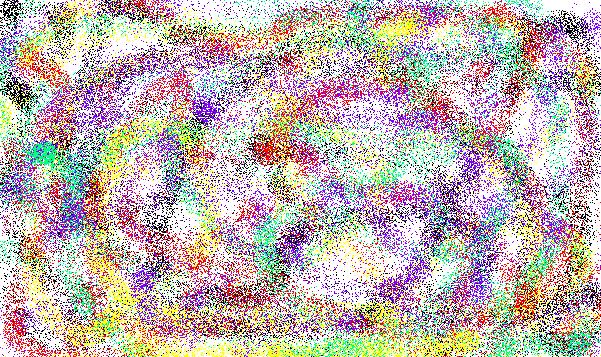Caminhos desiguais: Um estudo da trajetória das Pessoas com Deficiência pela Educação e Mercado de Trabalho em um dos Estados mais Ricos da Federação
DOI:
https://doi.org/10.5007/1984-8951.2015v16n108p75Resumo
A inclusão de Pessoas com Deficiência (PcD) no mercado de trabalho é neste estudo analisada pelo viés da aprendizagem e da economia do trabalho, uma vez que a baixa escolaridade desses profissionais vem sendo apontada pelas organizações como o entrave maior para as contratações. Por meio da análise de políticas públicas educacionais e organizacionais presentes em quatro regiões do Estado de São Paulo, percebem-se inconsistências entre discursos, idealizações e práticas inclusivas. Os resultados indicam que as contratações se encontram em patamares inferiores aos objetivos oficiais propostos e às potencialidades do Estado de São Paulo. As políticas municipais para a educação e aprendizagem organizacional inclusiva são ainda incipientes. Os empregos oferecidos destinam-se, via de regra, a cargos operacionais e auxiliares, ambos de pouca complexidade, mesmo para profissionais tenham concluídos seus estudos universitários.
Downloads
Publicado
Edição
Seção
Licença
Esta revista proporciona acesso público a todo seu conteúdo, seguindo o princípio de que tornar gratuito o acesso a pesquisas gera um maior intercâmbio global de conhecimento. Tal acesso está associado a um crescimento da leitura e citação do trabalho de um autor. Para maiores informações sobre esta abordagem, visite Public Knowledge Project, projeto que desenvolveu este sistema para melhorar a qualidade acadêmica e pública da pesquisa, distribuindo o OJS assim como outros software de apoio ao sistema de publicação de acesso público a fontes acadêmicas. Os nomes e endereços de e-mail neste site serão usados exclusivamente para os propósitos da revista, não estando disponíveis para outros fins. This journal provides open access to all of it content on the principle that making research freely available to the public supports a greater global exchange of knowledge. Such access is associated with increased readership and increased citation of an author's work. For more information on this approach, see the Public Knowledge Project, which has designed this system to improve the scholarly and public quality of research, and which freely distributes the journal system as well as other software to support the open access publishing of scholarly resources. The names and email addresses entered in this journal site will be used exclusively for the stated purposes of this journal and will not be made available for any other purpose or to any other party. 
Esta obra está licenciada sob uma Licença Creative Commons
.



